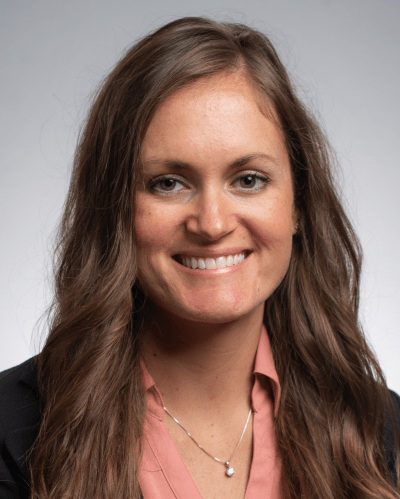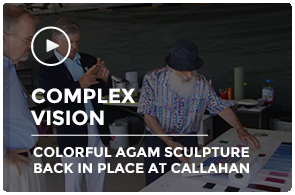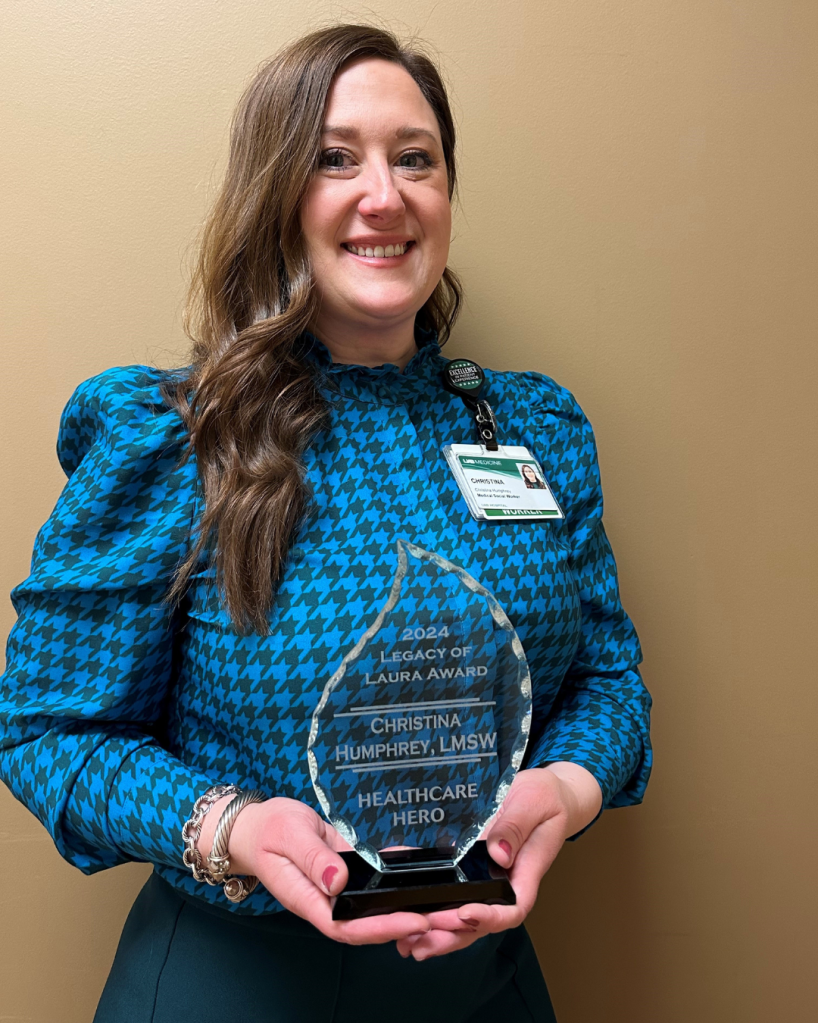Eye floaters are small moving spots that show up in the field of vision. They may appear as black or gray dots, squiggly lines, strings, or cobwebs. They tend to be most noticeable when staring at a solid light-colored background, such as blue sky or white paper. While they can be annoying, they are harmless, and most people learn to ignore them. They normally don’t interfere with vision, and sometimes they diminish over time. Eye floaters occur most often in those between 50 and 75 years of age, especially those who are nearsighted or have had cataract surgery. Once eye floaters develop they don’t go away, but they can improve or change.
As a person ages, a jelly-like substance called vitreous inside the eyes becomes more liquid. When that happens, fibers within the vitreous clump together and form small shadows on the retina, which are seen as eye floaters. Eye floaters usually are harmless, but those who experience a sudden increase in the number of eye floaters along with flashes of light, pain, or a loss of peripheral (side) vision should see a doctor immediately, as the symptoms could be a sign of a more serious condition.
The specialists at UAB Callahan Eye use the most advanced technology and are known for working together to treat the full range of both common and complex corneal problems. From cataract and corneal surgeries to highly specialized contact lenses, Callahan features the expertise, experience, and cutting-edge equipment needed to treat the most challenging corneal conditions. Patients come here from around the world and nation because we don’t just treat eye disease – we empower patients to take control of their eye health.
Callahan is the only full-service facility in Alabama specializing in the diagnosis and treatment of the eye and one of only a few worldwide that is entirely devoted to advancements in ophthalmology. That reputation is supported by 16 operating rooms dedicated to eye surgery and a 24/7 eye emergency room that is the region’s only Level I Ocular Trauma Center. More than 15,000 surgeries are performed at UAB Callahan Eye each year, and we conduct more reconstructive eye procedures than any other facility in the world.
Our facility is home to more than two dozen ophthalmologists, many of whom are named among the top doctors in their fields nationally. Callahan is widely recognized for excellence in patient care, having consistently earned prestigious awards from health care consulting group Press Ganey, and in 2017 Callahan was named as one of the “100 Great Places to Work in Healthcare” by Becker’s Hospital Review.
Callahan also is known for pioneering developments in surgical instruments, devices, and procedures used by ophthalmologists across the globe. As part of the UAB Medicine academic medical center, Callahan is actively involved in ongoing research and clinical trials. Many of our ophthalmologists have received funding from prestigious research organizations and institutions and collaborate in clinical care to bring the latest in scientific discovery to our patients.
Care Providers
Videos
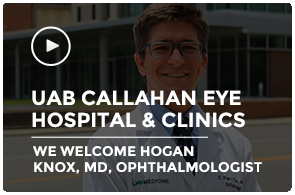
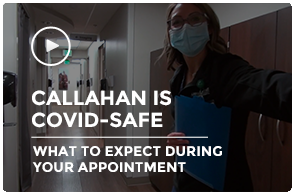
Find a Provider to Schedule an Appointment
Resources
- Notice of Health Information Information Practices – UAB Callahan Eye
- The Facts About Diabetic Disease
- UAB Callahan Eye
- National Eye Institute
- UAB Department of Ophthalmology
- Get Eye Smart
Related Specialties
Clinical Trials
Speak to your physician about your options and browse the link below for more information
Latest News
View All News-
ALG6 acts as a modifier gene in the inherited genetic eye disease retinitis pigmentosa 59
March 20, 2024
-
Mouse model of retinitis pigmentosa RP59 shows key biochemical and diagnostic features of the human disease
October 30, 2023
-
Halloween festivities are back: Here is what you need to know to keep your children safe
October 27, 2022
-
Retinitis pigmentosa research probes role of the enzyme DHDDS in this genetic disease
June 10, 2020
-
UAB’s School of Optometry conducts free eye examinations for infants on InfantSEE® Day, April 10
March 1, 2017







